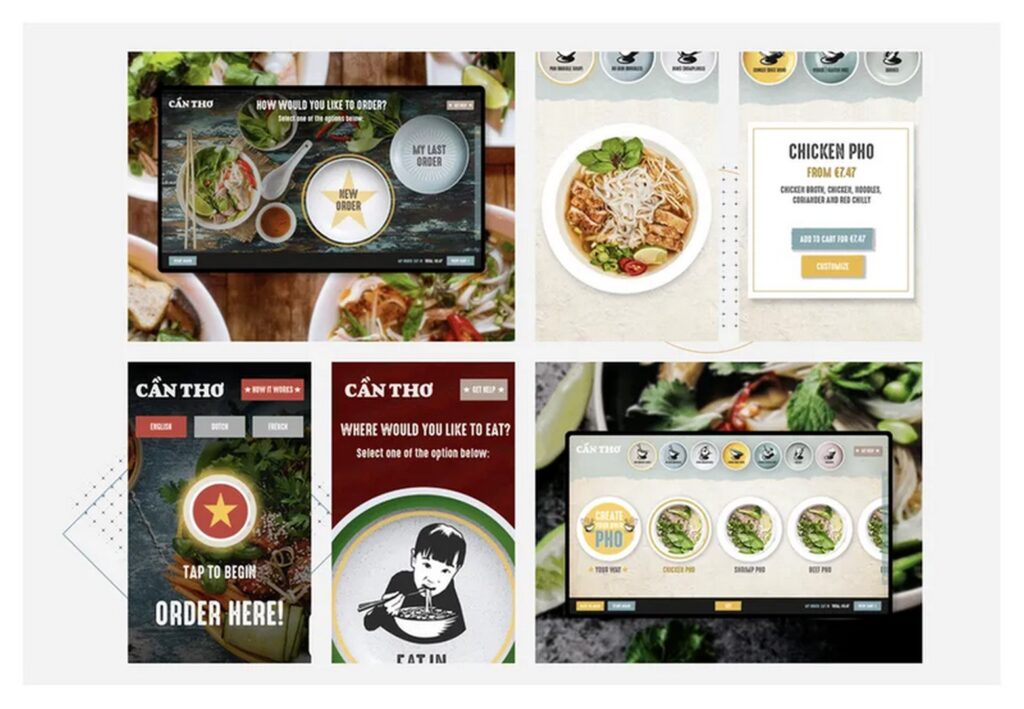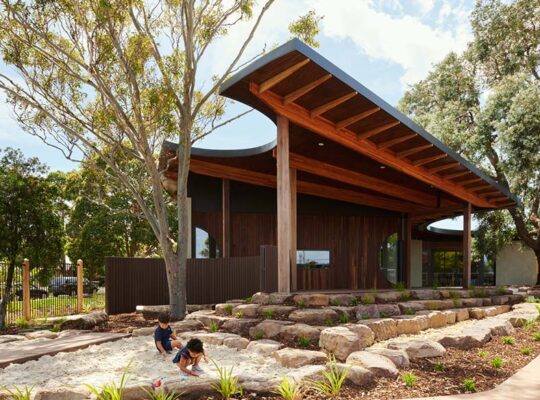In the bustling environment of fast-food restaurants, long queues and wait times can deter customers and hinder efficiency. To tackle these challenges, many establishments are turning to self-service food ordering kiosks. Drawing from our experience, we provide insights into building a seamless self-ordering kiosk system tailored to restaurant needs.

The Can Tho Story: Creating Value with Self-Ordering Kiosks
The journey of Can Tho, a Vietnamese restaurant in Brussels, illustrates the potential of self-ordering kiosks to enhance customer experience and operational efficiency. Inspired by the success of McDonald’s kiosks, Damien Toulouse embarked on a quest to streamline his restaurant’s operations. By aligning kiosk development with customer needs and core values, Can Tho transformed its service delivery.
Milestones of Developing a Restaurant Self-Service Kiosk
Designing a user-friendly food ordering kiosk involves several crucial stages:
User Experience Design:
Understanding target customers and catering to their preferences is paramount. Can Tho’s kiosk features multilingual support, intuitive navigation, and customization options, ensuring a seamless ordering process.
User Testing:
Validating the kiosk’s functionality through real-world testing enables refinement and optimization. Can Tho conducted extensive user testing to validate the user journey and refine the kiosk interface.
User Interface Design:
Crafting an appealing UI enhances user engagement and satisfaction. Can Tho collaborated with design teams to create visually appealing interfaces aligned with the restaurant’s branding.
API Integration for Kiosks
Integration with cloud servers and APIs facilitates menu management and order processing. Can Tho’s application communicates with a cloud server via APIs to retrieve menu information and handle customer requests efficiently.

Point of Sale (PoS) System Integration
Seamless integration with a PoS system streamlines payment processing and order management. Can Tho integrated the Lightspeed PoS to ensure accurate pricing and tax calculations.
Payment Terminal Selection
Choosing a suitable payment terminal is essential for accepting payments at the kiosk. Can Tho opted for a versatile Valina terminal, enabling both contactless and card payments for enhanced convenience.
Admin Dashboard Development
An admin dashboard empowers restaurant staff to manage orders, update menus, and monitor performance. Can Tho’s dashboard features functionalities for order confirmation, price management, and integration with third-party services like Uber Eats.
Technology Stack for Self-Order Kiosk Software
The choice of technology stack depends on factors such as platform requirements and desired functionalities. Can Tho utilized Python and Django for backend development, Kotlin for Android app development, and PostgreSQL for database management.

Custom Development vs. Off-the-Shelf Solutions
While off-the-shelf solutions offer convenience and cost savings, custom development provides flexibility and customization options. Can Tho’s bespoke kiosk solution was tailored to its unique requirements, offering a distinct competitive advantage.
Key Takeaways
- Define core values and target audience to guide decision-making.
- Prioritize user experience and gather real-world feedback for refinement.
- Choose technology stack and development approach aligned with business objectives.
In conclusion, self-service ordering kiosks offer a compelling solution for enhancing customer experience and operational efficiency in fast-food restaurants. Whether opting for off-the-shelf solutions or custom development, aligning technology with business goals is crucial for success. For businesses embarking on self-service technology implementation, partnering with experienced developers like Globaldev can provide invaluable support and expertise.



















